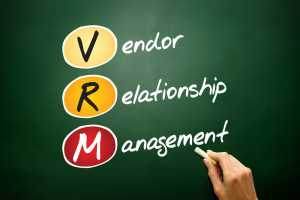Two different procedures. Two different specialties. Two different patient communication approaches. Yet both practices use the same EHR and patient portal. 
Prep for surgery instructions. Paper. Branded folder to put the paper in. More paper on next visit. A call from practice confirming specific surgery time and then get transferred to recorded message with specific pre-surgery instructions. Day of surgery sent home with post-op instructions – more paper.
Prep for procedure instructions. Available on the patient portal under letters. Texts and emails sent with specific prep information. Timed texts and emails for each major step along a defined prep timeline. Post procedure summary and instructions given to me on paper and available on the portal.
Practice variation is real. At times, it’s required and makes sense given different specialties. But not always.
So how were these two different experiences from a patient communication perspective? For me, there is a comfort having paper – can easily refer to it when needed. That is, if you know where you put it – hence the branded folder they give you. In the other situation, there was a very prescribed set of timed pre-procedure steps so the texts/emails at specified times telling me what to do was helpful.
What wasn’t such a good patient experience? Continue reading






